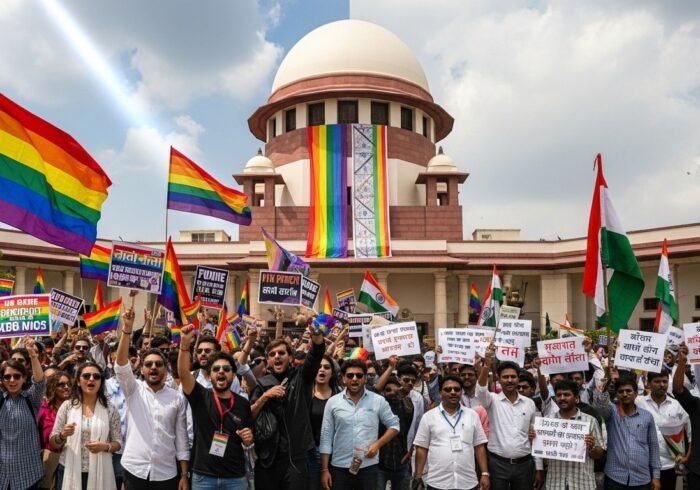Introduction
Artificial intelligence (AI) is at a crossroads. Governments, tech leaders, and societies worldwide are wrestling with a crucial question: how to allow AI to grow and benefit everyone while preventing harms like misinformation, privacy violations, and bias. Recent developments in Europe, the U.S., and other regions show that regulation is no longer theoretical—it’s becoming law. The tension between speed of innovation and protective regulation has become one of the most pressing issues of our time.
Recent Developments & Key Cases
-
Italy’s New AI Law
-
Italy has just passed a sweeping law aligning with the European Union’s AI Act, introducing requirements for transparency, oversight, and child protection. Under the law, AI applications in sectors like healthcare, education, and workplaces must be human-supervised; deepfake creation or misuse of AI to impersonate others can lead to prison terms of 1 to 5 years. Children under 14 must have parental consent to use certain AI services. Reuters+2The Guardian+2
-
Italy has also dedicated funds to promote safe innovation — balancing regulation with support for tech companies. Reuters+1
-
-
U.S. Concerns Over AI Safety, Especially for Minors
-
On Capitol Hill, lawmakers are pushing stricter rules for AI chatbots after reports that some chatbots (by Meta, Character.AI, etc.) had inappropriate or harmful interactions with children, including grooming or triggering mental health crises. A proposed federal bill (the “AI LEAD Act”) would allow victims to seek legal recourse, and companies are under pressure to build safety protocols. Business Insider
-
-
Voices Calling for Pause and Review in EU
-
Former Italian Prime Minister Mario Draghi and several European firms are urging a temporary slowdown in implementing certain aspects of the EU AI Act, especially those dealing with “high-risk” systems. Their concern: some rules are vague, compliance burdens are heavy, and they might stifle innovation unless regulatory clarity improves. euronews
-
Companies like Google and Meta have expressed that the regulatory requirements are complex and sometimes inconsistent, delaying product launches or feature roll-outs in Europe. CNBC+2European News Today+2
-
Arguments in the Debate
-
Supporters of stricter oversight argue that AI misuse is not just hypothetical. Deepfakes can damage public trust, biased systems can deepen inequality, and unsafe applications can harm children or infringe on privacy. Without enforceable rules, technology companies may prioritize profit or speed over ethics or public good.
-
Opponents of heavy regulation warn that over-regulation could slow down innovation, lead to economic disadvantages, and push cutting-edge development to countries with looser rules. Some say that rigid regulation can hinder the deployment of beneficial AI tools, such as in healthcare or education, where speed and adaptability matter.
-
Another concern is global imbalance: less wealthy countries may lack resources to meet compliance costs or invest in oversight frameworks, meaning they might be left behind in the AI race. The World Trade Organization has already warned that AI could widen global wealth gaps unless access and infrastructure are distributed more evenly. Financial Times
Possible Paths Forward
-
Tiered regulation: Differentiating rules based on how “risky” an AI system is (e.g., low-risk vs high-risk vs unacceptable risk). This is already part of the EU AI Act. Reddit+2Reddit+2
-
Transparency requirements: Companies being required to disclose how models are trained (data sources & biases), and enabling auditability.
-
Safety protocols for minors: Ensuring age verification or parental consent for certain AI uses, especially where there is potential for abuse or harm.
-
International cooperation: Because AI development is global, regulatory fragmentation could hurt innovation and make enforcement harder; treaties or agreements may help
Conclusion
The debate over AI regulation is no longer marginal—it’s central to how societies choose to protect rights, privacy, and fairness amid rapid technological change. Finding the right balance between encouraging innovation and preventing harm is difficult but essential. Countries that get this balance wrong risk either stifling progress or allowing unchecked harms. As laws catch up with technology, the world will be watching which model proves most sustainable.





